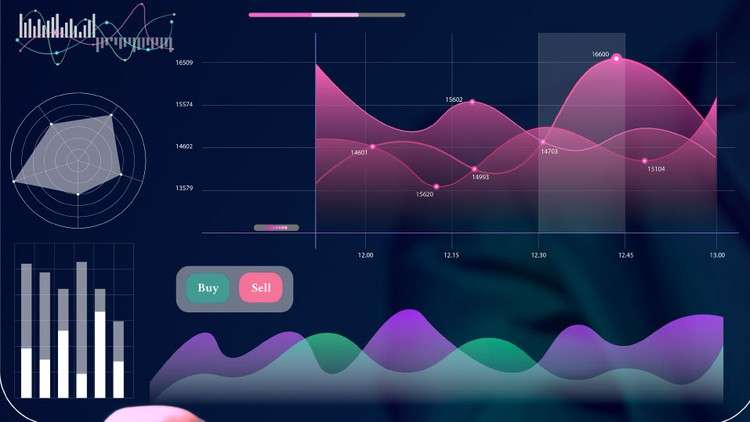
Learn Project Finance from scratch. This course will gradually move to advanced level.
What you will learn
You will learn how you can estimate the cost of the project, how to conduct a feasibility analysis, understanding the means of finance, risk analysis.
You will also get to understand how to have assumptions for project finance modeling, project finance modeling depreciation schedule
Learn about features, finance structure, types, steps in project implementation, feasibility analysis
Learn feasibility analysis, Risk mitigation etc
Description
If you’ve never done project finance modeling, this course will help you get the concepts right. We will start this module with an introduction to project finance. You will learn how you can estimate the cost of the project, how to conduct a feasibility analysis, understanding the means of finance, risk analysis, and mitigation, etc. You will also get to understand how to have assumptions for project finance modeling, project finance modeling depreciation schedule, project finance modeling income statement & balance sheet, preparing a project finance report, etc
Let us take the help of a simple example to explain the working of project finance. Assuming the commencement of a toll gate project in 2021, the project will complete within five years, by the end of 2025. to simplify matters, the project will entirely fund through debt, with 20% of the funds allocated annually, starting in 2021, to ensure the project’s completion within the five-year timeframe. The entire funding will utilize by the end of the five years. Following the project’s completion, debt repayment will commence in 2026 and continue over the subsequent ten years, concluding by the end of 2035. The repayment will be made using the revenue from the collected toll tax. Now, the role of the project finance team is to build a robust financial model to study the viability of the future cash flow of the project and, depending on that, decide the capital structure and the source of funding arranged at the same time. A special purpose vehicle (SPV) is created to execute the entire project properly.
Project finance is a challenging and, at the same time, very exciting and lucrative career path for an aspiring finance professional. Thus, getting into a project finance role is not easy; one must possess commendable analytical acumen and quantitative skills besides a profound understanding of investment banking. However, if you are one of those who intend to pursue a career in the field of project finance, then you are at the right place, as this article will discuss in detail. In short, this article will make your dream come true.
It refers to the funding of any long-term industrial projects or infrastructure with the help of a non-recourse financial structure. In this type of arrangement, the entire funding (mix of debt and equity) is not done at the start of the project but rather sequentially as the project progresses. The repayment obligations are met using the cash flow generated by the project itself.
Content